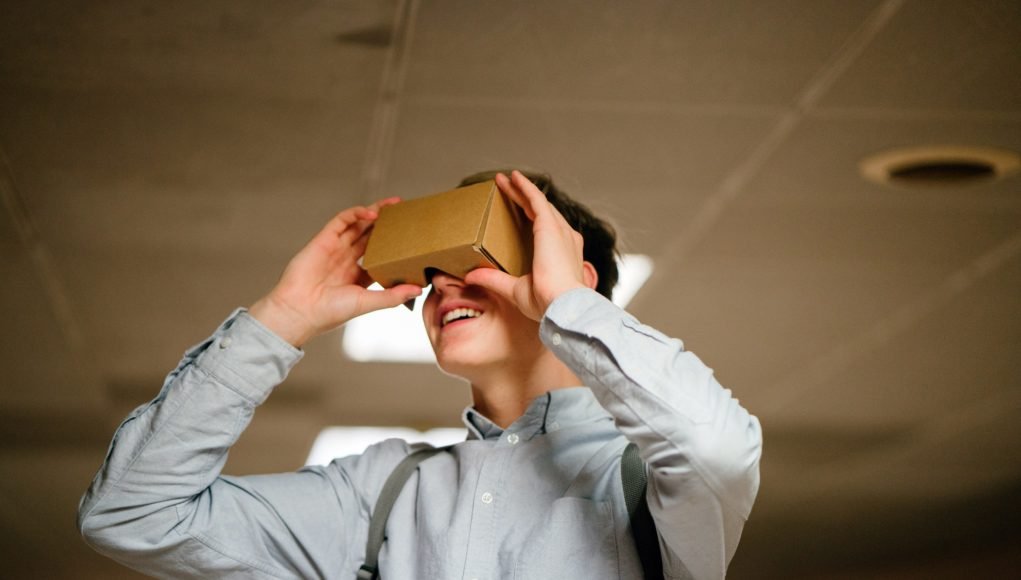The term “fake” has been in the news quite a bit of late—and not just in terms of politics.
A recent article in the MIT Technology Review examined technologies shared in other blogs that illustrate the growing capacity of artificial intelligence (AI) and other forms of technology to effectively blur the line between what is genuine and what’s an illusion.
The article detailed examples of machine-learning techniques that are making it increasingly easy to alter or create realistic video and audio to impersonate people with remarkable accuracy.
For instance, a smartphone app called FaceApp can automatically modify someone’s face to add a smile, add or subtract years, and even switch genders.

Further, a company called Lyrebird recently demonstrated technology that reportedly can be used to impersonate people’s voices.
To that effect, the company posted demonstration clips of ersatz public figures—Barack Obama, Donald Trump and Hillary Clinton—all giving their thumbs up to the technology.
At first glance, this sort of technology might seem purely devious—geared pretty much to fooling people.
But, like so many forms of technological advancements, there’s both a positive as well as a negative side to be considered.
Yes, there is a danger
Other examples exist of AI technology being used to leverage algorithms to create content rather than just analyze data.
Last year, we reported that researchers at Stanford University unveiled what they referred to as a face-swapping program called Face2Face.
Using a depth-sensing camera, the system manipulates video footage that allows a person in real time to speak and make facial expressions that, in turn, are applied to the person in the recorded video.
In effect, the person in the video seems to say the same things and make the same gestures as the “live” person.
Catchy technology it may be, but even the developers of such systems acknowledge they can be used for mischievous purposes.
In an ethics statement posted on its website, the creators of Lyrebird agree that tinkering with voices and images in such a realistic manner can pose risks:
“Voice recordings are currently considered as strong pieces of evidence in our societies and in particular in jurisdictions of many countries. Our technology questions the validity of such evidence as it allows to easily manipulate audio recordings. This could potentially have dangerous consequences.”
The concerns are genuine.
For instance, AI programmers can potentially alter so-called empirical analyses by inputting certain biases into the data under analysis.
That could conceivably twist results to certain desired conclusions.
There’s a good side
When my mother turned 80, I anticipated that someday she would no longer be with us sharing her stories and humor.
I decided to record her as she detailed important events in her life.
Several years later, she passed away, and today those recordings are a family treasure.
Although that’s naturally very meaningful to me, AI affords the potential to make the most of those recordings—in effect, allowing her to talk about her life but with the added appeal of a three-dimensional image of her.
That illustrates the flip side of AI’s growing capacity to create content. For instance, physicians and other health care professionals could use the technology to help motivate patients to make positive choices.
Just imagine, what would you look like in fifteen years if you stopped smoking today? What if you wore a hat when out in the sun for the next fifteen years? What if you lost 20 pounds or took up regular exercise? By the same token, what would you look like in fifteen years if you kept puffing away on cigarettes or refused to wear a hat outside or exercise on a regular basis?
Going a step further, what might happen if you had to have part of your nose removed due to skin cancer? If that did happen, doctors could use AI-assisted technology to provide visual examples of various prosthetics and other options.
A core idea of my Anticipatory Organization Model is that it’s not so much a matter of how a certain form of technology works but how it’s actually used. AI-created content underscores the importance of making the right sort of choices.
Ready to anticipate the future with more clarity and plan with greater confidence? Have a look at my Anticipatory Organization System
Also, consider reading my new book, The Anticipatory Organization, I’ll cover the cost of the book, you pay for shipping.
For more business tips, check our entrepreneurship section and subscribe to our weekly newsletters.






![The 15 best finance websites you should bookmark right now [2025 Edition] alphagamma The 15 best finance websites you should bookmark right now [2025 Edition] entrepreneurship finance opportunities](https://agcdn-1d97e.kxcdn.com/wp-content/uploads/2024/09/alphagamma-The-15-best-finance-websites-you-should-bookmark-right-now-2025-Edition-entrepreneurship-finance-opportunities-300x350.jpg)